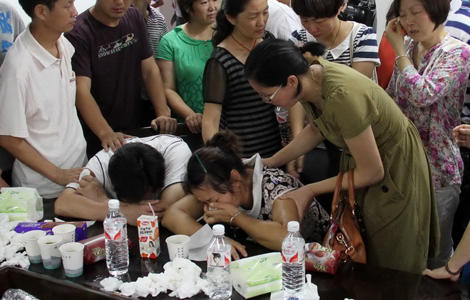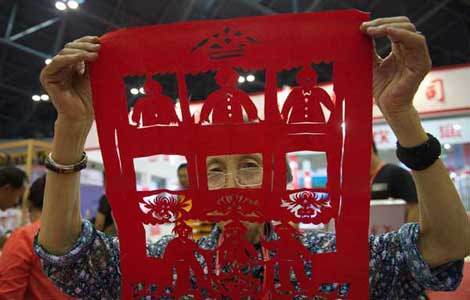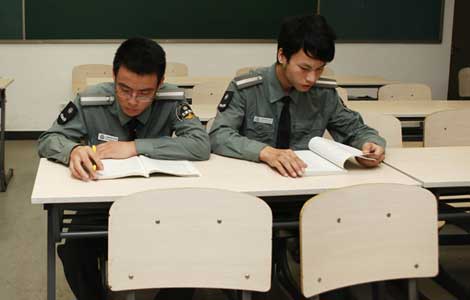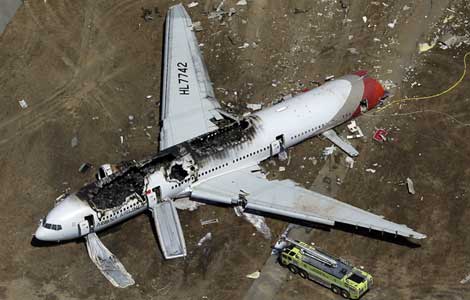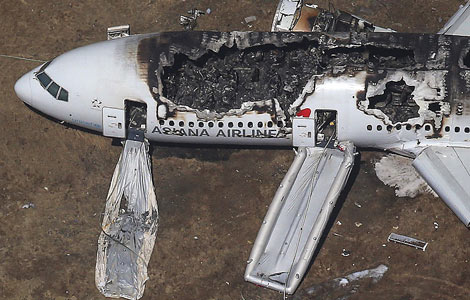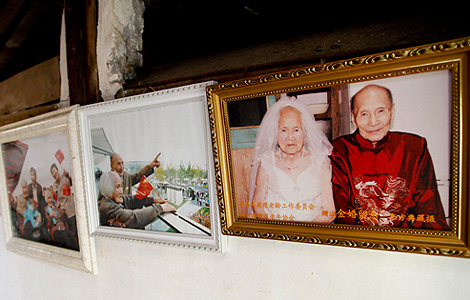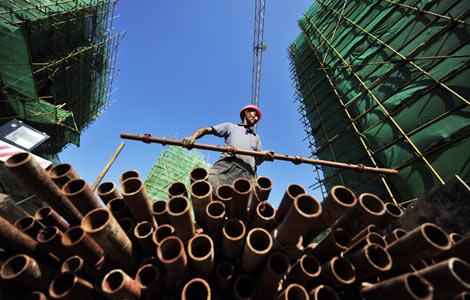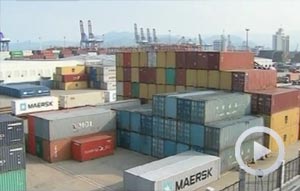Falling back in the field
Updated: 2013-07-08 07:42
(China Daily)
|
||||||||
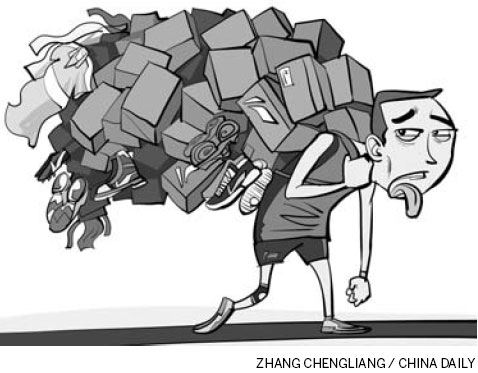
Retail | Cindy Chung, Ben Chow and Li Ting
The best way to gauge the fast-moving consumer goods market is to go shopping. After frequent visits to physical and online sports stores, we concluded that now is the best time to buy Chinese sports brands.
Chinese sportswear makers are embroiled in unprecedented challenges that will surely knock some of them out of the running.
In April, several Chinese sports companies, including Li Ning and Peak Sports, staged massive discount promotions in many of Beijing's supermarkets.
Products in Wumart supermarkets, for instance, were sold with an average 50 percent discount, and the promotions were held on two weekends, instead of the usual one.
The same month, Li Ning T-shirts were sold at 19 yuan ($3) each - about 80 percent off - on Vancl.com, one of China's largest e-retailers. The products were inventories from two to three years ago. (Older unsold goods are usually shifted through outlet shops, low-tier markets and charity donations.)
April is generally off-season for sales in sports products such as sneakers and jerseys. It is more the time when new arrivals are enthusiastically marketed. Retailers often put out-of-season sports goods on sale before spring, when it is still too cold for outdoor activities in most parts of China.
Clearly, the recent sales, which ran against tradition by their size and timing, reflect an inventory crisis of the companies.
Domestic brands had pinned high hopes on a sports market that they believed would grow by at least 20 percent annually following the Beijing Olympics. Almost all sports companies pressed the expansion button to open as many stores as possible, and ran their production lines at full capacity.
But the market has only grown by single digits since 2010 due to the economic slowdown and cooling demand for sportswear. The lull was sudden and unexpected, resulting in high stocks and mounting accounts receivable, forcing the companies to curb expansion.
Among the six largest listed sportswear companies - Anta, Li Ning, Peak Sport, China Dongxiang, Xtep and 361 Degrees - only 361 Degrees increased its number of stores last year. The other five closed a total of nearly 5,000 outlets. The slimming-down continued this year. Li Ning, for example, shut down another 1, 200 shops.
The blind expansion was also a result of an anomaly in accounting practice.
Chinese sports companies are not in the habit of checking how many goods are really sold to end consumers. As soon as they sell an amount to wholesalers and distributors, they use the figure as sales.
As it may take some time for distributors to resell the goods, and given the distributors' habit of stocking some goods to cushion the risk of future price hikes, the number of products actually sold to end consumers may be much lower than the sales figures on sports producers' balance sheets.
The disparity made producers over-optimistic about the market potential and resulted in excessive inventories. Unable to sell the inventories and having to maintain a large sales network, their profitability inevitably declined.
Li Ning last year posted its first annual loss since its listing in 2004, amounting to 1.98 billion yuan, mostly because it earmarked massive provisions for excessive inventories.
Others managed to make profits but witnessed steep slumps in them. Anta Sports Products, the largest sportswear manufacturer by revenue in China, saw its 2012 net profit decline 21.5 percent to 1.36 billion yuan.
It is not an exaggeration to say that Chinese sportswear firms are going through their most difficult period.
And if life for the big listed companies is tough, the situation of smaller players can be described as dire. According to a report by the China National Commercial Information Center, about 20 percent of small footwear companies went bankrupt last year, the highest rate in five years.
Again, fewer orders and high inventories are the key problems, the report says.
If running up high inventories amid a slow market is not the end of the world for Chinese sportswear makers, a loss of a future development strategy is.
Liu Wenru, mayor of Jinjiang in Fujian province, which produces 20 percent of the world's sports shoes and 40 percent of the domestic supplies, said recently: "The days when apparel and footwear makers easily made money by boosting their manufacturing capacity are a thing of the past.
"It is time for them to focus on innovation and design as well as to enhance differentiation in marketing to compete with high-end foreign brands."
But it is never easy to transform from a pure manufacturer to a designer, and improving marketing differentiation is exactly what Chinese sportswear firms are not good at.
The authors are analysts at Universal Consultancy in Shanghai, which specializes in research of the fast-moving consumer goods market.
These views do not necessarily reflect those of China Daily.
(China Daily USA 07/08/2013 page15)
Most Viewed
Editor's Picks

|

|

|
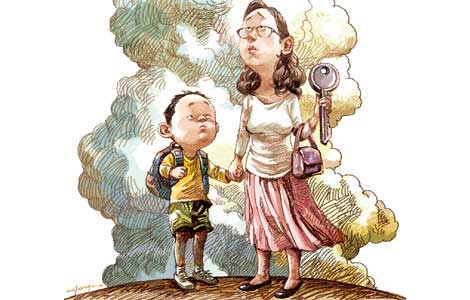
|

|

|
Today's Top News
Boeing 777 passenger 'mumbled a prayer'
Ex-minister gets suspended death
Workers return after dispute
Job seekers should be cautious abroad
River pollution sparks criticism
Terror attack was planned: suspect
Booming security industry needs skilled youth
A bright future for native black pigs?
US Weekly

|

|
